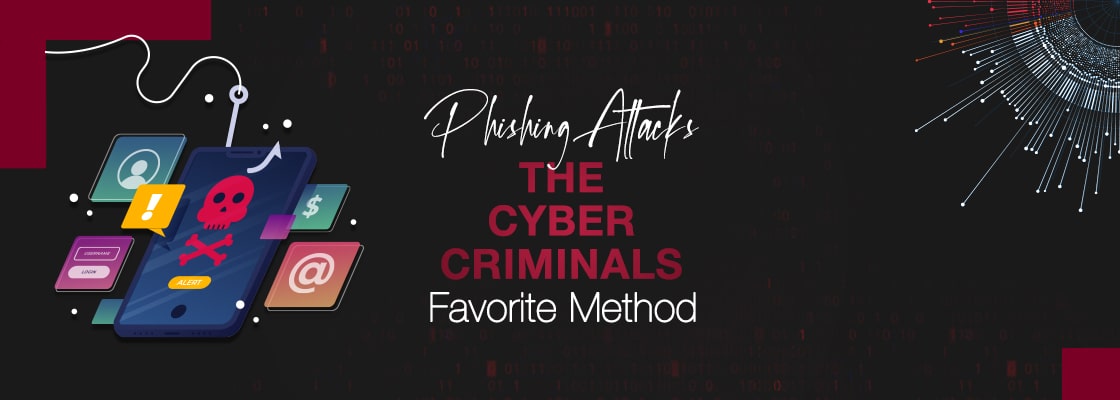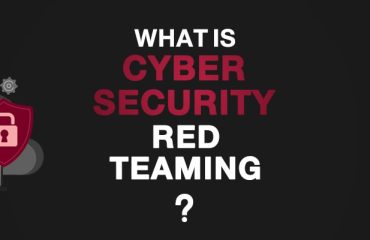
Phishing attacks are a type of cyber attack where cyber criminals use fraudulent emails or websites to trick individuals into providing sensitive information. These attacks can be very convincing, often using logos and branding that appear to be from legitimate sources.
How Phishing Attacks Work
Phishing attacks typically involve an email or message that appears to come from a legitimate source, such as a bank or social media platform. The message will often contain urgent language, such as a warning that the recipient’s account has been compromised and that they need to take immediate action. The email will then provide a link to a fake website or login page, where the recipient is prompted to enter their username and password. Once the recipient enters their credentials, the cybercriminal can use them to access the victim’s account or steal sensitive information.
The Damages of Phishing Attacks
Phishing attacks can cause significant damage to both individuals and companies. Individuals can suffer financial loss if their bank account or credit card information is stolen, and may also experience identity theft, which can be a lengthy and stressful process to resolve. Companies can suffer reputational damage if their customers’ information is stolen, and may also face legal consequences if they fail to protect sensitive data.
Examples of Phishing Attacks
One example of a phishing attack is the “Nigerian Prince” scam, where an email claims to be from a wealthy individual in Nigeria who needs help transferring funds out of the country. The email asks the recipient to provide their bank account information in exchange for a portion of the funds. Another example is the “CEO Fraud” scam, where an email appears to be from a company’s CEO or other high-ranking executive, asking an employee to transfer funds to an account. In reality, the account belongs to the cybercriminal, not the company.
How to Protect Yourself and Your Business from Phishing Attacks
- Be cautious when opening emails from unknown sources or emails that appear suspicious.
- Do not click on links or download attachments from suspicious emails.
- Check the URL of any website before entering sensitive information to ensure it is a legitimate website.
- Implement email filters to block known phishing emails.
- Provide regular training and awareness programs for employees to recognize and avoid phishing attacks.
- Use multi-factor authentication for all accounts to add an extra layer of security.
in the end, phishing attacks are a constant threat to individuals and businesses alike. These attacks can cause significant damages, including financial loss and identity theft. By being cautious when opening emails, avoiding suspicious links and attachments, and implementing security measures such as email filters and multi-factor authentication, individuals and businesses can protect themselves against phishing attacks. Regular training and awareness programs for employees are also crucial to prevent these attacks from succeeding.



